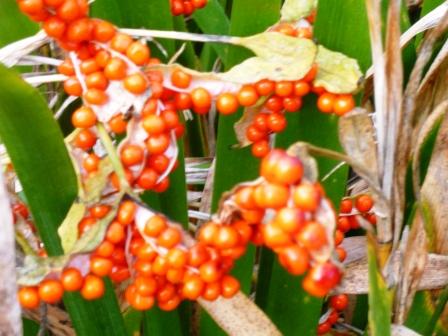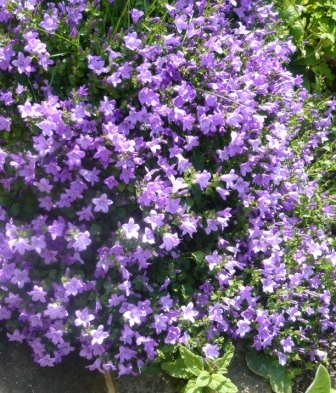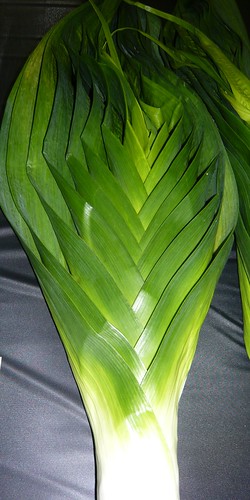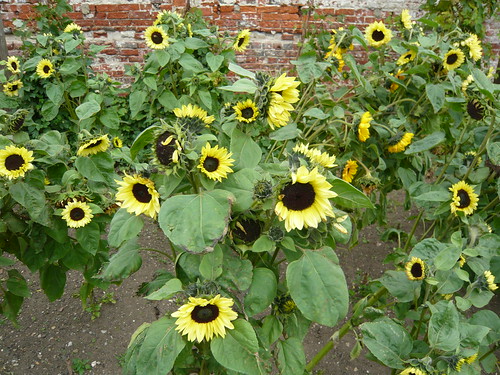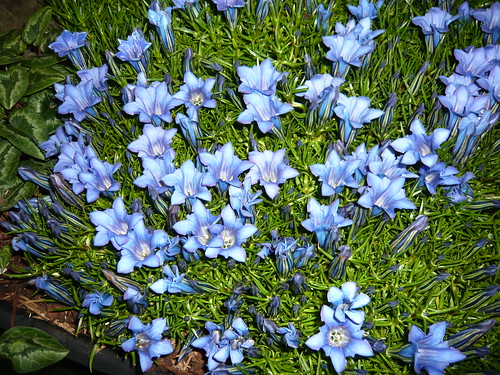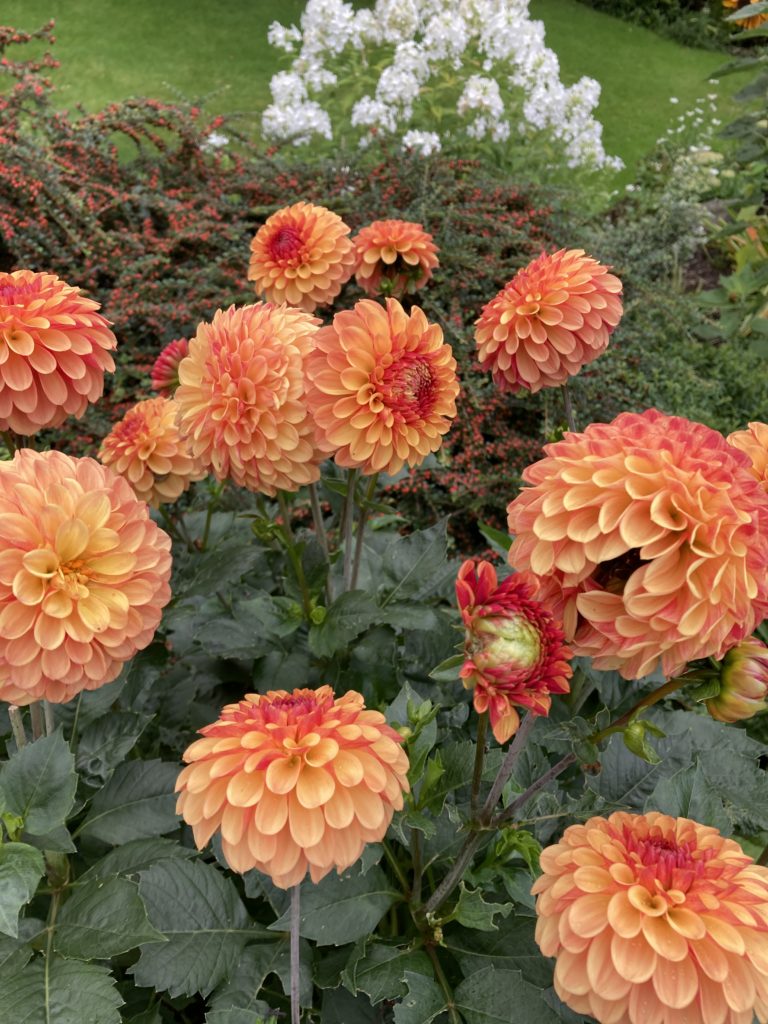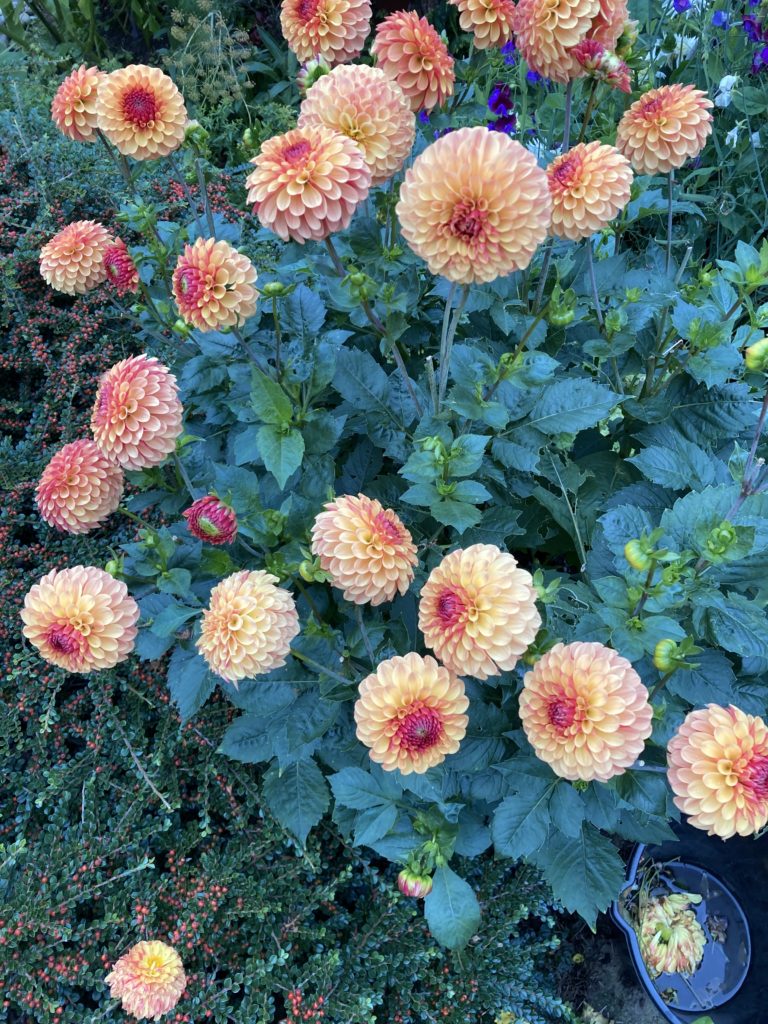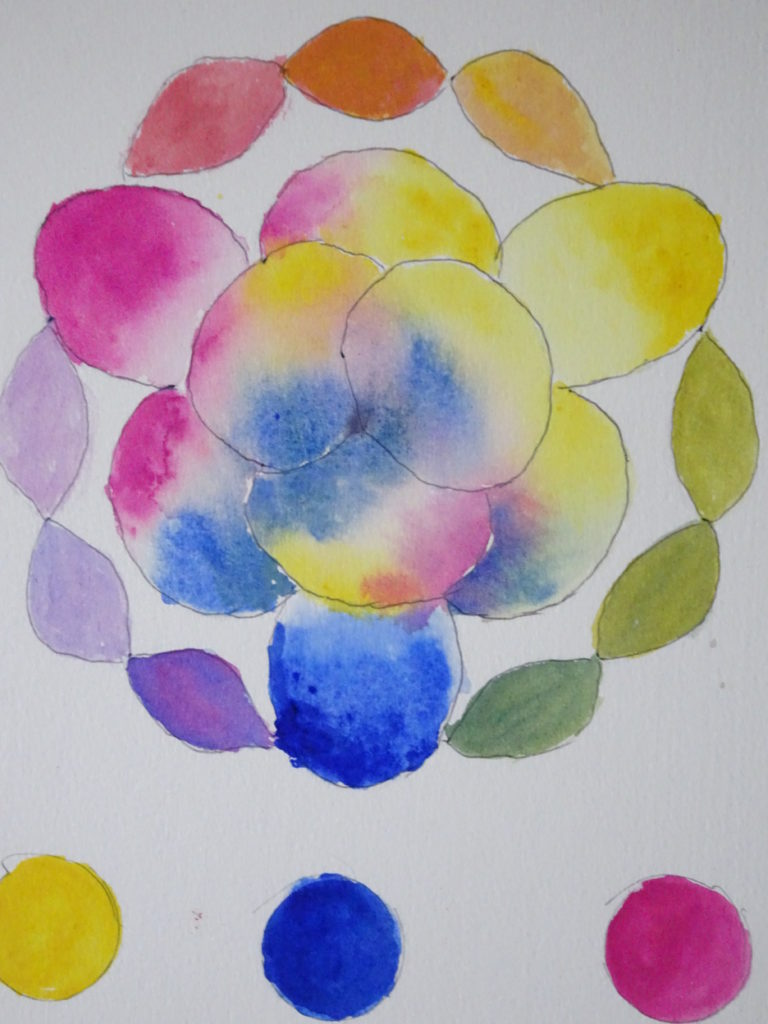For that ‘light bulb moment’ consider the two main species of Iris that will grow from bulbs. Bulbs are generally cheap and easy to grow. The bulbs are often packed in 10’s or 50’s so you can grow a group of Iris together or grow extra for cutting.
The main sorts are Iris reticulata and Dutch Iris but there are also some other bulb species to look out for.
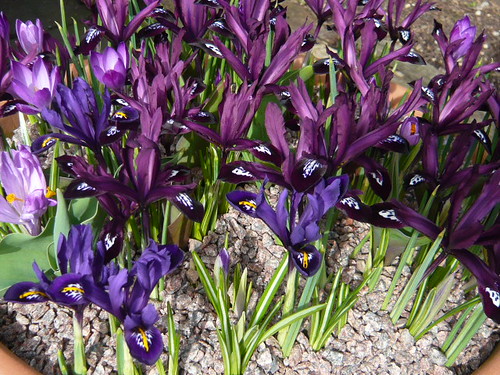
Iris reticulata
- The Iris bulbs growing in the photo above are a series of low growing, early spring flowering plants named after people like George, Natasha, Joyce, Gordon and Pauline.
- Iris reticulata are early flowering Iris that usually appearing from late winter to early spring. The blooms vary from pale blue to deep violet with central yellow splashes down the middle of each petal.
- These Iris are useful for growing from bulbs in pots or in rockeries.
- Plants are low growing at around 6 inches tall.
Dutch Iris
- Dutch Iris flower a bit later, than reticulata bulbs, in early June.
- Dutch Iris are winter hardy and can also be grown in a cool greenhouse for cutting
- The flowers are on strong stems 20-32 inches tall.
- Oriental beauty is one of my favourite varieties shown below
- Cream Beauty, Royal Yellow and White Excelsior are varieties that avoid the natural Iris colours of purple and blue.
- Plant Dutch Iris bulbs every 3-6 inches or dig a wider hole and put 3 bulbs in together. Cover with 3″ of soil.

Tips for Growing Iris from Bulbs
- The preferred method is to plant the bulbs in October 5-10cm (2-4in) apart at twice their own depth in well-drained, moderately fertile soil in sun or partial shade.
- Most types of soil will suffice for one year for these bulbs. The flowers are already inside the bulb waiting to escape so they are almost foolproof in the first year.
- Divide congested groups July to September after the narrow leaves have died down.
- Try growing some bulbs indoors for early flowering by forcing. This is what florists do with Dutch Iris varieties.
- Iris will grow well in pots or containers but if you want them to flower successfully next year they need a deep 8 inche root run to build up strength .
- The dark blue goes well with snowdrops and they flower at about the same time.
- Iris look good in rockeries and the top of walls.

Growing Other Iris Variety from Bulbs
- Mixed bulb packs can give you a good show but look for Iris reticulata J S Dyt reddish purple or Natasha white with green veins and a yellow blotch.
- Iris danflordiae flowers bright yellow 4″ tall.
- Iris Histroides ‘George’ flowers are a plum purple and Katherine Hodgkin light blue with yellow crests and dark spots both 6″ tall.
- Iris bucharia grow about a foot tall in yellow and white.
- Iris lactifolia are ofter called the English Iris naturalise quite well

Useful Links
British Iris Society over 100 years old and going strong

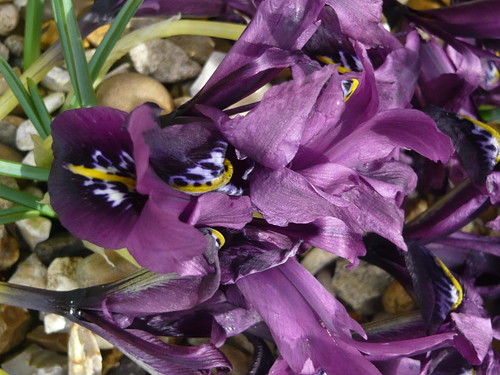
Dutch Iris or Iris reticulata are small bulbs for pots or rockeries.
Flag Iris are big and blousy and grow from Rhizomes.
These pictures of different Iris are grown from bulbs.

The reticulata group produce narrow, triangular leaves and a single, slender bloom per bulb.
Flowers are principally in shades of blue and purple, often with an attractively contrasting orange or yellow mark at the top of the fall.
Iris histrioides ‘George’ is proving to be a good Iris shown top.
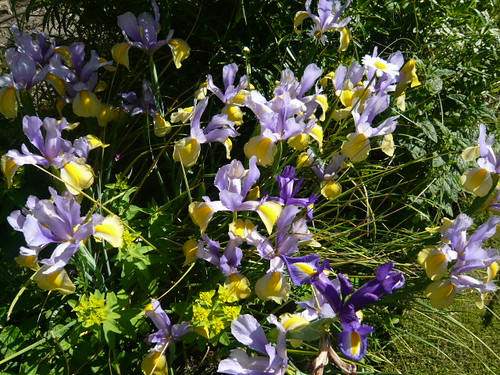
Iris Franz Hals above or you could try the unusual Iris ‘Katharine Hodgkin’ below. Its exotic colouring of cream overlaid with a blend of light yellow and greeny-blue comes from its parents.

One of the earliest flowering bulbs is this Iris Reticulata. It makes a lovely rockery bulb. It is low growing, though the flowers are as beautiful as anything you might see in summer. The foliage is also delicate and attractive.
The flower can vary in colour from this deep purple to yellow like below.
Tips for Growing Iris Reticulata
Plant in autumn at a depth of *2 or *2.5 the bulb height. They aren’t too fussy, though a good drained soil helps. To make the most of the flowers, try planting with a layer of light coloured gravel. This helps prevent soil splashing the flowers and also shows off the dark coloured flowers better.
These photos were taken at St John’s College Oxford on 17th February. They are in a rockery above ground level, which helps you to appreciate their beauty.
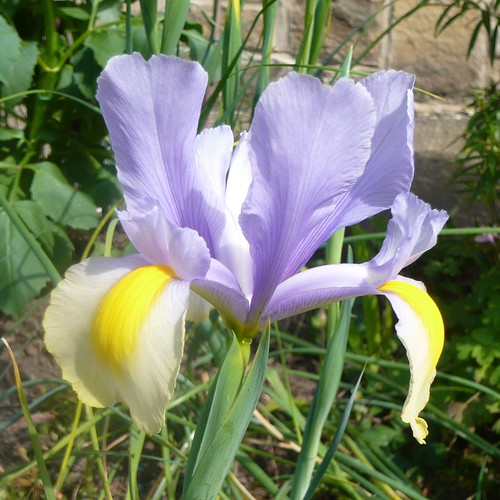
We are covered in snow and the small local roads are blocked. At least the snow is providing a blanket for the early spring bulbs to continue developing. One of my favouirite blooms is that of the Iris in this case grown from a bulb. Later on the rhizomas varieties will also add colour to the garden but in the meantime I eagerly anticipate the arrival of my Iris.
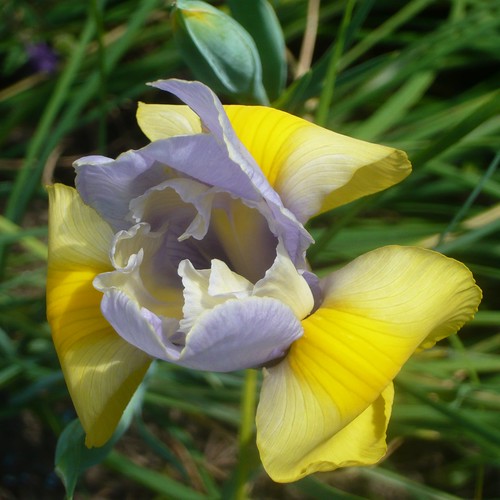
The outer petals are called the falls and on some varieties the ‘beard’ shows here with small hairs. The upright part are the ‘Standard’ which are most striking on Flag Iris.
One of the earliest flowering bulbs is this Iris Reticulata. It makes a lovely rockery bulb. It is low growing, though the flowers are as beautiful as anything you might see in summer. The foliage is also delicate and attractive.
The flower can vary in colour from this deep purple to yellow like below.
…
Read More Read More
